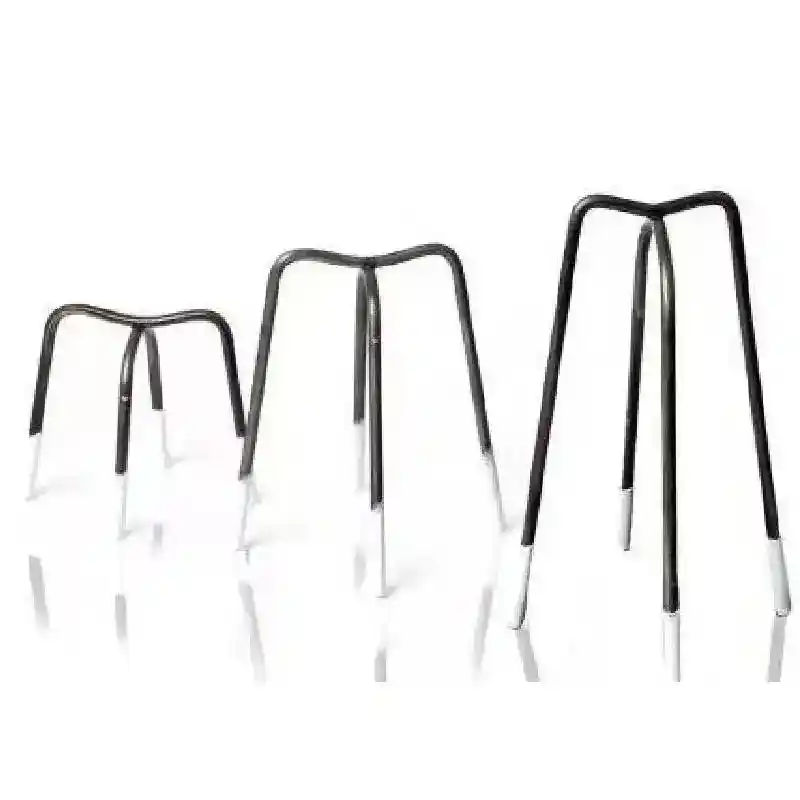
- Mobile Phone
- +8613931874955
- sales@cntcmetal.com
welded wire fabric concrete reinforcement
Welded Wire Fabric in Concrete Reinforcement
Welded wire fabric (WWF) is an essential component in modern concrete reinforcement systems. Primarily composed of a series of intersecting steel wires that are welded together at their joints, WWF offers a multitude of benefits in terms of structural integrity, installation efficiency, and overall performance of concrete structures. The use of welded wire fabric has become increasingly popular in various applications, including pavements, slabs, walls, and even precast concrete elements.
One of the most significant advantages of using welded wire fabric in concrete reinforcement is its ability to provide uniform distribution of tensile strength across the surface of concrete. Conventional methods, such as the use of rebar, can result in uneven distribution, leading to potential weaknesses in the structure. In contrast, the grid-like structure of WWF enhances load-bearing capacity and minimizes the risks of cracking, thus extending the lifespan of concrete elements.
The installation of WWF is generally quicker and more efficient compared to traditional rebar systems. The pre-fabricated sheets can be delivered to the job site and laid down quickly, saving both time and labor costs during construction. This aspect is particularly advantageous in large-scale projects where time is a critical factor. With proper training, workers can efficiently align and secure the fabric in place, ensuring that it remains positioned correctly during the pouring of concrete.
Moreover, welded wire fabric offers significant flexibility in terms of design and configuration. The mesh can be manufactured in various sizes and shapes, allowing engineers and architects to customize the reinforcement according to the specific requirements of a project. This adaptability means that WWF can be utilized in both thin slabs and thick walls, providing adequate strength regardless of the structural demands.
welded wire fabric concrete reinforcement

Environmental considerations are also becoming increasingly important in construction practices, and WWF contributes positively in this regard. With its efficient steel usage, welded wire fabric can reduce the amount of material needed for a project, ultimately leading to a decrease in waste. Additionally, the long-term durability of structures reinforced with WWF can contribute to sustainability goals, reducing the need for frequent repairs or replacements.
Despite its numerous advantages, it is essential to understand the proper applications and limitations of welded wire fabric. While WWF is suitable for specific applications, it may not always replace traditional rebar in every situation, particularly where substantial tensile strength is required. Engineers must carefully assess the structural requirements and load conditions to determine the appropriate reinforcement method, ensuring the safety and longevity of the concrete element.
The performance of welded wire fabric can also be affected by factors such as the concrete mix, curing methods, and environmental conditions. It is paramount that these variables are considered during the design and installation phase to maximize the effectiveness of the reinforcement. Collaboration between architects, engineers, and contractors is vital to achieve the best outcomes when using welded wire fabric.
In conclusion, welded wire fabric is an invaluable resource in the field of concrete reinforcement. Its capacity to provide even strength distribution, ease of installation, and versatility makes it a preferred choice for many construction projects. As the industry continues to evolve, the use of welded wire fabric is likely to expand, reflecting its adaptability and the growing emphasis on efficient and sustainable building practices. Understanding its applications, advantages, and limitations will ensure that designers and builders can effectively utilize this modern reinforcement technique to create robust structures that meet the demands of today and tomorrow.
share:
-
Understanding Wall Ties: Types and ImportanceNewsApr.28,2025
-
Top Products for Your Yard and Signage NeedsNewsApr.28,2025
-
The World of SpringsNewsApr.28,2025
-
Masonry Accessories: Essential for Building Strong FoundationsNewsApr.28,2025
-
Fencing Solutions for Every NeedNewsApr.28,2025
-
A Comprehensive Guide to Iron Wire for Your Construction NeedsNewsApr.28,2025
-
The Versatility of Wire Tension SpringsNewsApr.16,2025



















